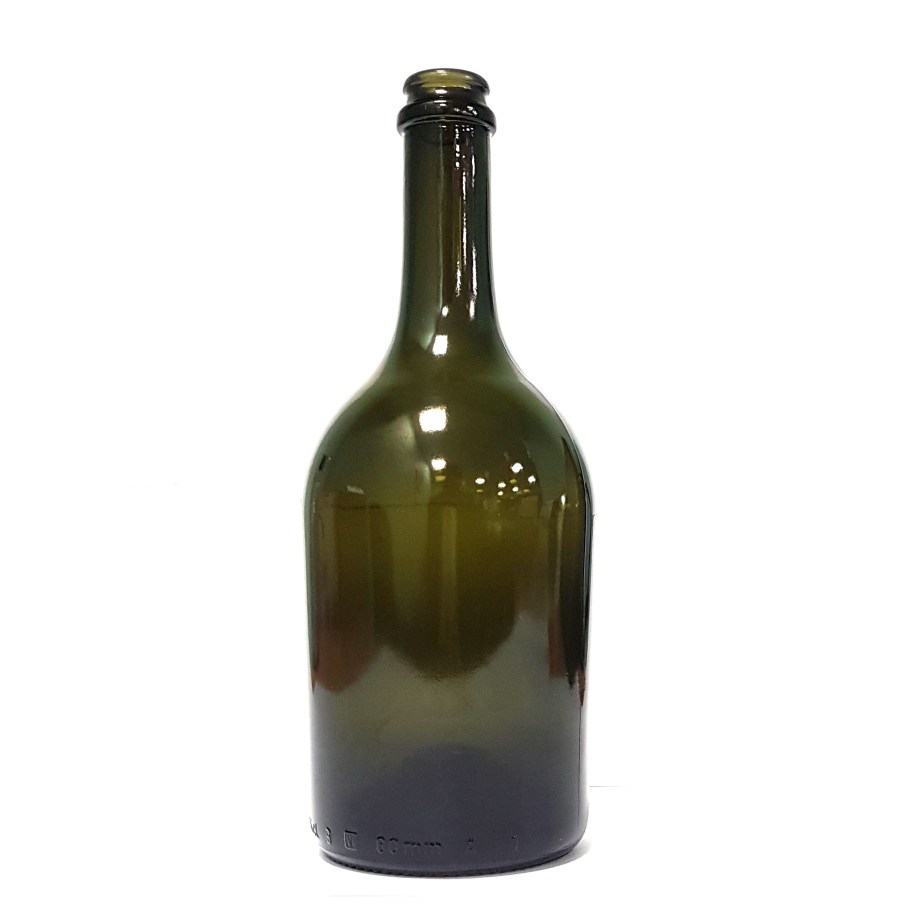Highlighting technical advancements and risks during secondary fermentation.
300 years ago, exploding wine bottles were an occupational hazard of a winemaker, up until the British scientist, Christopher Merret first drew attention to the fact that bottles produced at the time were not sufficient to withstand the pressure of secondary fermentation.
Advancements in all aspects of winemaking and packaging has raised the quality of traditional method sparkling wine to the great level they are at present. Yet there are still more developments and tools available to the winemaker, from ingredients to packaging, which can help ensure the best quality wine for a given wine style.
Crown cap liners
Crowns are available in several forms and combinations; E4 electrolytic tin plate, aluminum and stainless steel. These options give the winemaker a choice in price and quality with stainless crowns being the most premium option. Cellar conditions are critical to how a crown is stored; oxidation and rusting can occur on steel crowns depending on the crimping application as well as the filling and drying. Given the pH of sparkling wine lies between 2.9-3.4, it can attack metal very quickly. It is important to check proper crimping of the crown with a gauge, referred to as a Go-No/Go gauge. Various liners of the crown are also possible (table 1) which give different rates of CO2 transmission, and can have a significant effect on how the wines develop in the cellar while stored. Recently there have been advancements with oxygen scavenging liners to give the winemaker good control over a young wine’s development. For the different liner caps, a separate bidule is required, but crowns with integrated bidules are also an option depending on your filling conditions. All crown caps need technical consideration to ensure a proper seal is made on the bottle.
Liner CO2Cm3/24h loss
Top 0.67
Top+3 0.32
Top + 0.26
TOPZ 0.18
TOPS 0.14
OxySorb Oxygen scav liner (like TOP+ but for sub 340 day products)
Table 1. Types of liners in a 29/26mm crown cap showing rate of loss of Carbon Dioxide from product under normal cellaring conditions.
Glass quality and Light Strike
Light strike in wine is not a new phenomenon, but the mechanisms underpinning have become better understood over recent years. Light waves in the UV and visible light spectrum pass through glass, disrupting chemical bonds in the wine’s matrix, releasing sulphur compounds that’ quickly affect the wines taste profile. Thickness of the glass has an impact on light strike, and different glass colours are more or less effective in disrupting or refracting light waves. As a rule of thumb, the darker the glass the better the protection, but bottle spray coatings and sleeves can add a layer of protection and durability to the bottle. The speed at which the wine changes varies depending on the light source and intensity but can be just a few hours in direct sunlight. Light strike is more of a concern for white and rose wines because red wines are protected by the colouring matter and tannins which can absorb light waves. Glass quality plays a key role if the wine is to complete secondary fermentation without issues. Glass molds have to be of good quality to ensure the seal at the mouth of the bottle is not pitted and for a proper seal. Micro fractures during transport and fabrication are minimised when moving around the bottling line. Tiny damages can potentially lead to exploding bottles.
Ingredients
Preparing your wine for secondary fermentation is an important process to ensure the best quality possible. Manipulating the acidity by initiating malolactic fermentation with a pH tolerant bacteria strain like Lactoenos B16 can enhance or change the wine style. As well as preparing and using quality yeast strains such as Lafazyme SPARK or X5 to avoid stuck ferments. It is important to consider proper nutritional management in this phase as the yeast will need nutrition to minimise stress factors during the ferment. Consider the source of sugar for the production of carbon dioxide and the quality foam and bubbles one expects from a fine glass of English or Welsh sparkling wine. Another technique to increase the volume of the wine is by using rectified concentrated grape must (RCGM) as the primary sugar source for the fermentation. Just make sure you keep the same sugar source if you chaptalise your base wine/must. Tannin additions are an important consideration at this stage as well that have anitoxidant and colour stabilising properties as well as organoleptic enhancements.




